Lahore: An Introduction
Lahore, the capital city of Pakistan’s Punjab province, is more than just a modern political, economic, and cultural epicenter. It is a treasure trove of stories from bygone eras, a tapestry of ancient traditions and modern sensibilities. Often referred to as the “Heart of Pakistan,” Lahore’s allure stems from its intriguing blend of the old and the new. Its vibrant bazaars, historic monuments, and modern infrastructure co-exist in harmony, giving Lahore its distinctive character. The city’s age remains a topic of interest for historians and laymen alike, as uncovering Lahore’s age involves peeling back layers of its rich and complex history, dating back to some of the earliest civilizations.
Mythical Origins of Lahore
Legend has it that Lahore was established by Prince Loh, son of the Hindu deity Rama, nearly 4000 years ago. The city was originally called “Lavapuri” (City of Lava) in his honor. The Ramayana, an ancient Indian epic, holds the first reference to this story. In this context, Lahore stands alongside cities like Rome and Athens, which are steeped in similar mythological lore. However, historians urge caution, emphasizing that concrete archaeological evidence to substantiate this narrative is scant. The rich folklore surrounding Lahore’s origins contributes to its allure and mystique, making it a compelling topic for further archaeological exploration.
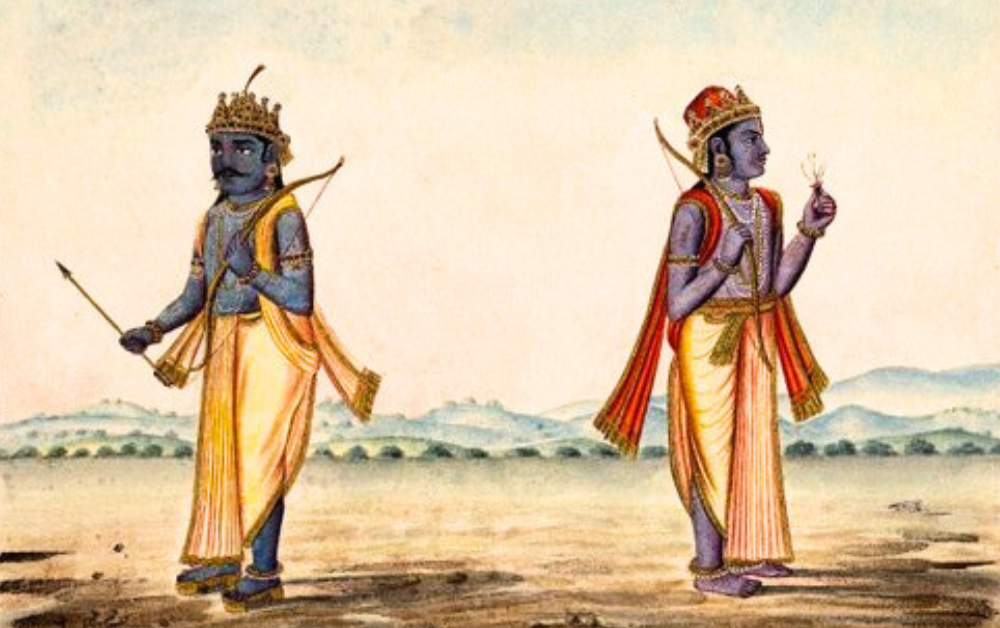
Historical Evidence: Lahore in Ancient Times
The earliest historical mention of Lahore can be traced back to the 1st century CE. Archaeological findings suggest that the city was an active hub during the Indo-Greek Kingdom (180 BCE – 10 CE), thereby providing the first tangible evidence of Lahore’s ancient roots. The city was a vibrant commercial center, boasting well-established trade networks with Central and South Asia. The region’s prosperity is evident from the elaborate coins, artifacts, and pottery unearthed in excavations. This period also witnessed the first fortifications of Lahore, indicative of its strategic significance in ancient times.
Lahore during the Medieval Period
The onset of the medieval era signaled a major transformation in Lahore’s historical trajectory. Lahore fell under the rule of various Islamic dynasties, such as the Ghaznavids, Ghurids, and the Delhi Sultanate, each leaving their distinctive mark on the city’s development. However, the city reached its apex during the Mughal era (1526-1857). It was during the reign of Emperor Akbar that Lahore was declared the capital of the Mughal Empire. The city flourished under the Mughals, as they left an indelible architectural legacy that has stood the test of time. Iconic landmarks like the Lahore Fort, Badshahi Mosque, and the Shalimar Gardens, recognized by UNESCO as World Heritage Sites, were erected during this period, contributing to Lahore’s architectural grandeur.
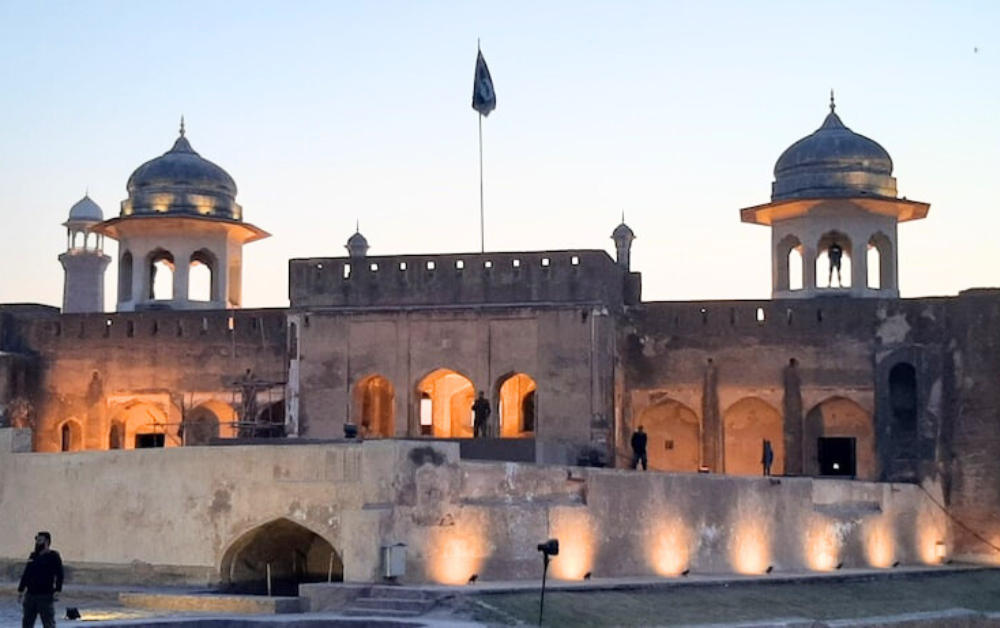
Lahore in the Colonial Era
In 1849, Lahore became a jewel in the crown of the British Empire following the fall of the Sikh Empire. The British ushered in a new era of modernity, leaving their distinctive architectural and educational imprint. They introduced the railway system, established the telegraph line, and modernized the city’s administrative and legal framework. It was during this period that institutions like the Government College University and University of the Punjab were established, which continue to contribute significantly to Lahore’s educational landscape. The colonial era transformed Lahore into a cosmopolitan city, with a blend of different cultures, traditions, and religions. This time also saw the development of Lahore’s distinctive ‘gardens,’ designed in the Victorian style, which continue to provide residents with tranquil retreats amidst the bustling city life.
Lahore: Post-Independence Evolution
The partition of India and Pakistan in 1947 was a watershed moment for Lahore. The city, which was largely peaceful and multicultural, was suddenly embroiled in communal violence. However, despite the initial turbulence, Lahore emerged as a prominent city in the newly formed country of Pakistan. The years following independence saw Lahore undergoing rapid development, accommodating the influx of refugees from India and elsewhere. Over the years, the city has grown into a cultural, educational, and economic nucleus, embodying the spirit and resilience of the Pakistani nation. It has continually evolved while preserving its historical ethos, striking a delicate balance between tradition and modernity.
Lahore Today: A Bridge between Past and Future
Today, Lahore stands as a testament to a vibrant past that stretches across millennia. Its ancient walls resonate with tales of power, conquest, culture, and resilience. Walking through its streets is like traveling through time, with glimpses of its ancient heritage around every corner. From the bustling Anarkali bazaar, brimming with colorful traditional attire and aromatic spices, to the majestic minarets of the Badshahi Mosque echoing the call to prayer, Lahore embodies a harmonious coexistence of the past and the present.
Lahore is more than a city; it’s a living museum that has survived and thrived through countless epochs, keeping its history alive while constantly evolving. Its story is still being written, adding new chapters to an already formidable tale of resilience, evolution, and constant growth.
In conclusion, pinpointing the exact age of Lahore remains a task shrouded in mystery due to its layered past and the intertwining of history and myth. However, available evidence indicates a history that spans thousands of years, making Lahore one of the world’s oldest continually inhabited cities. What truly defines Lahore is its capacity to embrace change while holding onto its rich heritage. In essence, Lahore is a city with an ageless spirit, ever-changing, and ever-enduring.
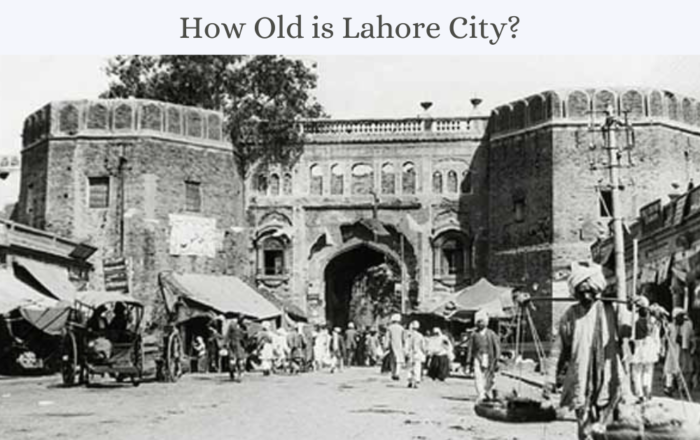
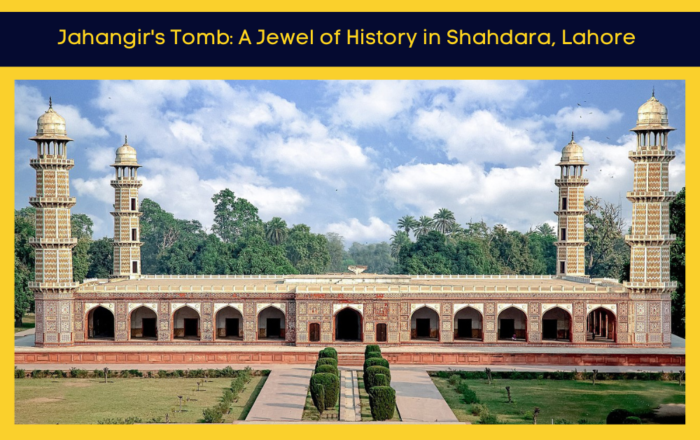
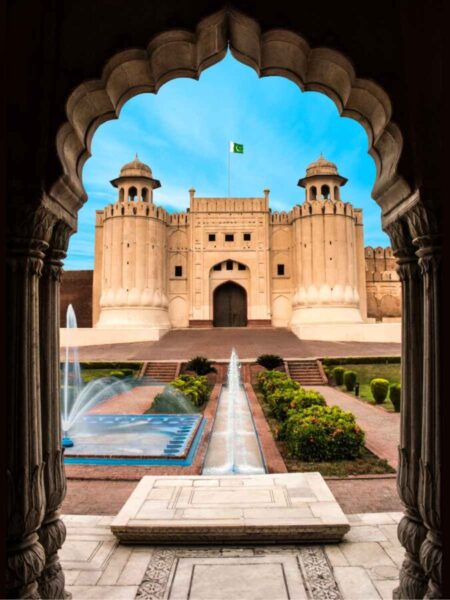
Very interesting topic, regards for posting.
I have read some excellent stuff here Definitely value bookmarking for revisiting I wonder how much effort you put to make the sort of excellent informative website